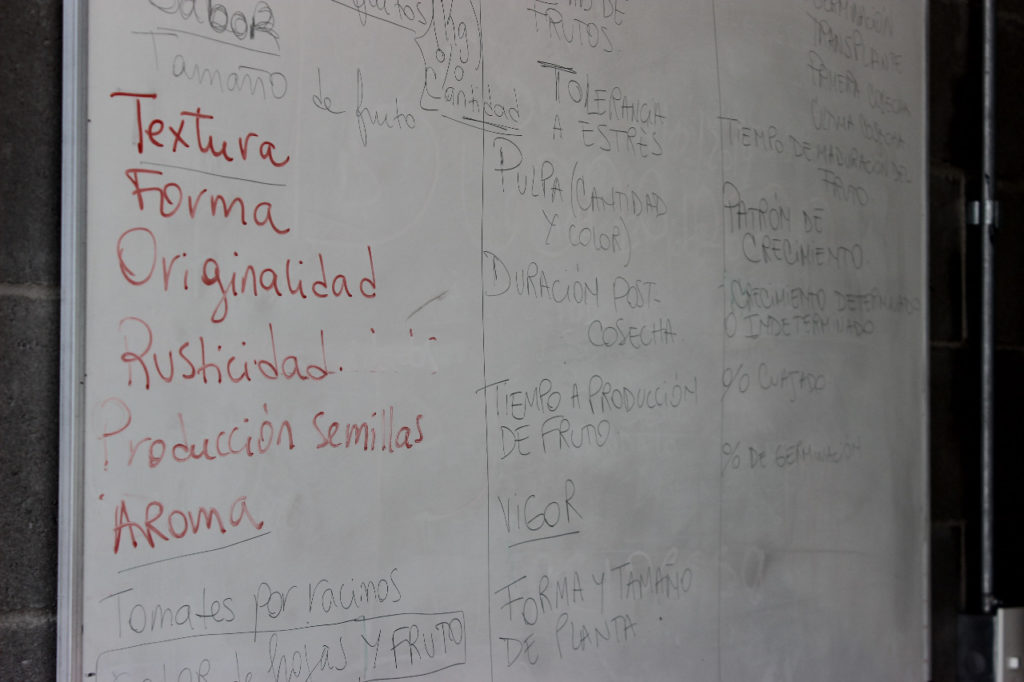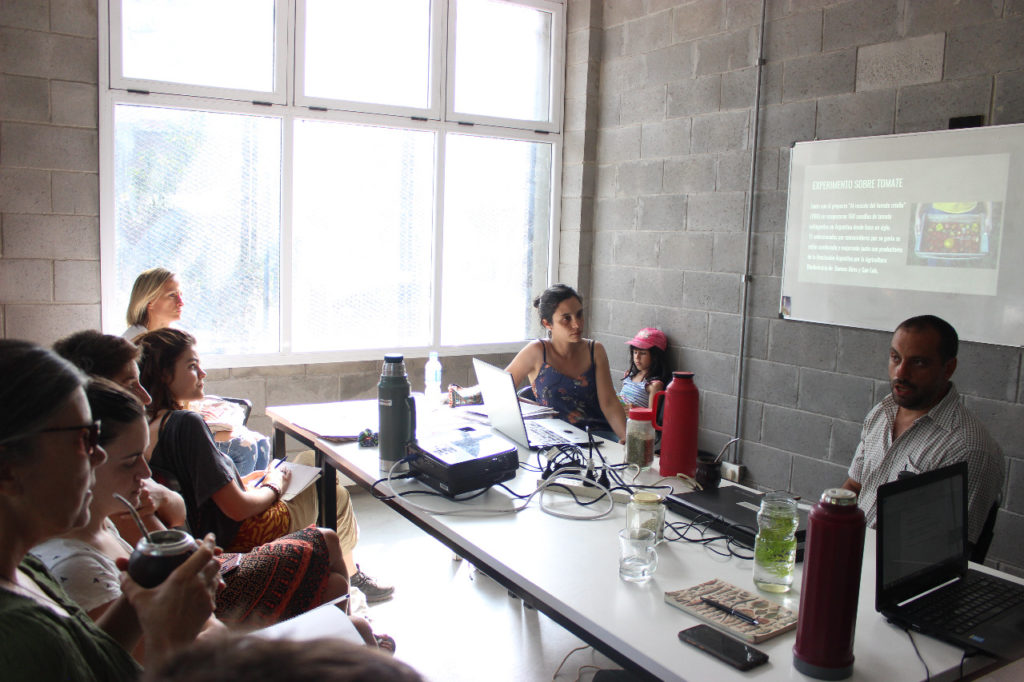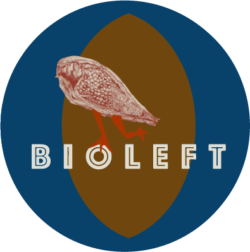What do you see when you see a tomato? What do tomato producers look at to eat it, sell it to multiply the seed? What are the traits that they take into account to characterize a variety? How do they perceive them? How do they relieve them? How to standardize this information so that it is useful?
These questions, among others, were the focus of the tomato collaborative breeding workshop that Bioleft organized on Monday, January 20, at the Faculty of Agronomy of the University of Buenos Aires. An eclectic group of twelve people, made up of tomato growers, orchardists, breeders and agricultural engineers, and members of the team from the To the rescue of Creole tomato program, enthusiastically participated in the search for common criteria. The objective of the workshop was to co-design the tomato observation variables that will be included in the new version of the Bioleft platform, aimed at collaborative improvement. “The problems that we are detecting help us to improve the platform on more complex bases,” explained Eduado Mussacchio when he recounted the origin of the proposal. “For this reason, we started to think about what a producer could really relieve; what data could it take, and how could we make this constructive. For that, you have to know what characteristics seem important to producers, what are the production criteria ”.
Co-design the variables

The workshop began with a brief introduction to Bioleft’s proposal and its tools for collaborative breeding. Why collaborative breeding? “It has a social impact, because there is a diversity of views, processes and objectives that are redefined with the participants, in a much broader field,” said Cristian Stehmann, orchard and seedbed of EcoChakra. In this case, breeding was considered from the perspective of small and medium production, from organic, biodynamic and agroecological paradigms.
Almendra Cremaschi opened the game by asking what differentiates producers from improvers. The group’s response was “a selection process”: breeders select the varieties that seem best to them to multiply, taking into account certain variables or characteristics of interest. Once at that point, a simple exercise was proposed to each participant: on a sheet of paper, list what variables they observe in their tomato crops.
After minutes of focused work, some thirty variables were listed, which were noted on the blackboard. Some were related to the fruits: quantity, flavor, aroma, pulposity, juiciness, size, texture, shape, originality, ripening time, post-harvest duration. Others referred to plants: productivity time, hardiness, health, seed production, leaf color, stress tolerance, vigor, development, germination time, transplant time, growth pattern, percentage of fruit set and germination.
Among the final observations of the exercise, it was noted that the variables to take into account vary greatly depending on the objectives of production and improvement, as well as in relation to the productive paradigm: organic production, for example, pays attention to characteristics that other types of management do not prioritize. It was also said that in the daily life of producers it is difficult to take notes on regular variables, as it takes a long time. Since not all characteristics can be measured, it is necessary to focus on specific objectives. It was agreed that the central variables can be sanity, flavor and productivity.
Diverse perspectives

From this pooling, progress was made towards the second stage of the exercise. The variables, some qualitative and the other quantitative, were used in a multicriteria mapping. The participants were grouped into different teams, where there were both breeders and producers, and they dedicated themselves to weighting each of the variables according to their importance and the ease or feasibility of the measurement, assigning them a minimum and a maximum score. During the activity, it became clear to what extent it is difficult to find agreements, since the importance and ease of measuring one variable or another is highly dependent on the production system and the type and scale of cultivation and marketing, as well as the objectives. “The first important question is: what am I looking for?” Synthesized the producer Juan Martín Richter, from La Choza.
From this work, we will process the data and give a feedback to the participants. In an upcoming workshop, we will co-design a work schedule to incorporate the variables that arise from this process. The learning that remains for us is enormous: co-designing the variables for collaborative improvement takes work, but it allows incorporating diverse perspectives, expanding the network and optimizing the platform, in a network where producers and improvers share
